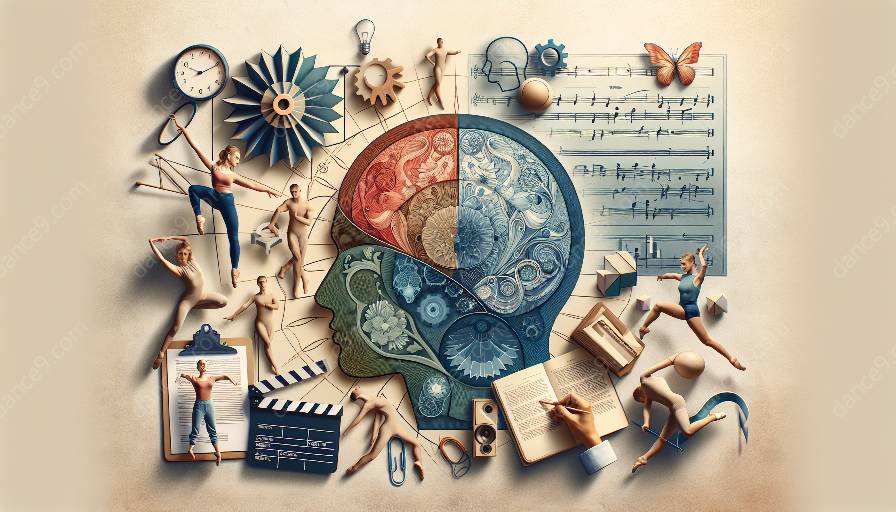Dance is a demanding art form that requires a harmonious balance between mental and physical well-being. Dancers face unique psychological challenges, and it's essential to prioritize strategies that support their overall health. This topic cluster focuses on exploring effective techniques and practices for maintaining a healthy mind and body in the world of dance.
The Psychological Challenges in Dance
Dance requires intense focus, discipline, and emotional strength. Dancers often face:
- Anxiety and performance pressure
- Body image and self-esteem issues
- Perfectionism and comparison to peers
- Burnout and emotional exhaustion
These challenges can impact a dancer's mental well-being and overall performance. It's crucial to address and manage these psychological hurdles in order to maintain a healthy and sustainable dance practice.
Understanding the Link Between Mental and Physical Health in Dance
Mental and physical health are intrinsically connected in the context of dance:
- Emotional well-being impacts physical performance and injury prevention
- Stress and anxiety can manifest physically, affecting a dancer's form and technique
- Positive mental states contribute to enhanced creativity and expressive capabilities
- Physical fatigue and strain can impact a dancer's mental resilience and emotional stability
Recognizing this link is essential for developing holistic wellness strategies that effectively address the needs of dancers.
Strategies to Balance Mental and Physical Health in Dance
Mindfulness and Stress Management
Mindfulness practices, such as meditation and deep breathing exercises, can help dancers manage performance anxiety and emotional stress. By incorporating mindfulness into their daily routines, dancers can enhance their mental resilience and emotional well-being.
Self-Compassion and Positive Self-Talk
Encouraging self-compassion and fostering positive self-talk are crucial for combating negative self-perceptions and building a healthy self-image. Dancers can benefit from developing a supportive and nurturing inner dialogue to maintain their mental well-being.
Healthy Eating and Nutrition
Proper nutrition is essential for supporting physical strength and stamina in dance. Ensuring a well-balanced diet provides the necessary energy levels and promotes overall physical health, which in turn positively impacts mental well-being.
Rest and Recovery
Allowing time for adequate rest and recovery is vital for preventing physical fatigue and injuries. Prioritizing sleep and relaxation helps dancers maintain their physical well-being, which is interconnected with their mental health.
Seeking Professional Support
Engaging with mental health professionals, such as psychologists or counselors, can offer valuable support in addressing and managing the psychological challenges specific to dance. Seeking professional guidance is an important step in prioritizing mental well-being.
Conclusion
By implementing strategies that support the balance of mental and physical well-being, dancers can thrive and excel in their artistic practice. Prioritizing mindfulness, self-compassion, nutrition, rest, and seeking professional support can contribute to a sustainable and fulfilling dance career.


































